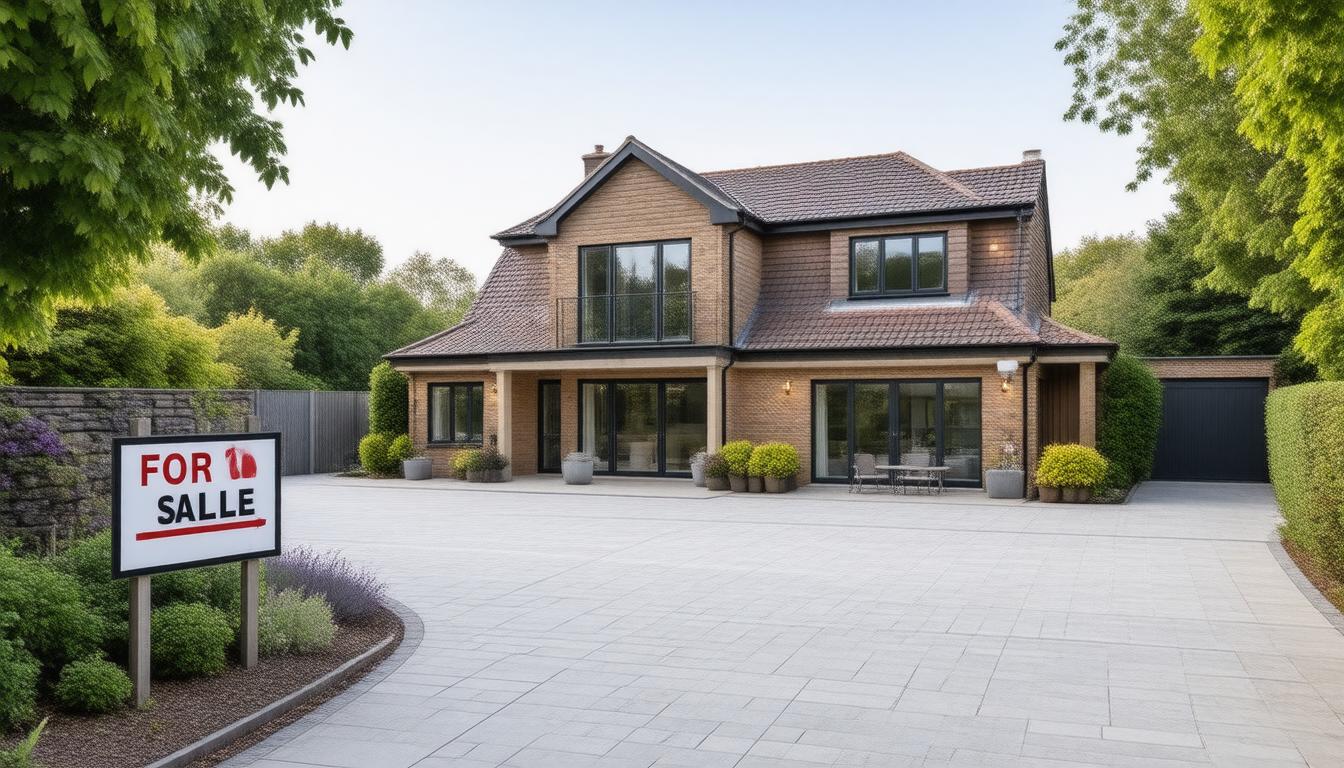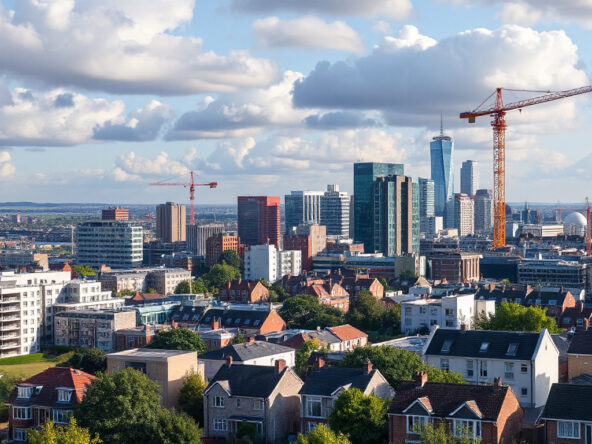The luxury property market in the UK’s commuter belt is presently experiencing notable shifts, highlighting the possible conclusion of the post-pandemic real estate surge. Reports reveal that homeowners are compromising on their expectations, accepting offers that average around £150,000 lower than their initial asking prices. This trend points toward a broader transformation in market dynamics, especially regarding high-value homes valued at £1 million or above. In the past year, properties in this category faced an average price reduction of 9%, with Kent showing the steepest decline at approximately
9.7%. As the dynamics of work-life balance and commuting evolve, the implications for both buyers and sellers in the luxury sector are profound.
Key Takeaways
- The UK’s luxury property market in the commuter belt has seen average price drops of £150,000 post-pandemic.
- Kent faced the highest declines, with homes selling for
9.7% below asking prices in an average of 121 days. - Shifts in buyer sentiment due to rising commuting costs and returning office work are reshaping market dynamics.
Overview of the Luxury Property Market Changes
The luxury property market in the UK’s commuter belt is experiencing notable transformations as the demand and pricing dynamics shift considerably. Recent analyses reveal a significant decline in property prices, marking the end of the post-pandemic real estate surge. Notably, homeowners are now accepting offers that are approximately £150,000 lower than their asking prices, indicating a palpable change in buyer leverage. Data from last year highlights that properties priced at £1 million or more faced an average price drop of 9%, with Kent leading the declines at a staggering
9.7% below the listed price, equating to an average reduction of £156,344. The prolonged selling period has also come into play, with homes in Kent taking around 121 days to sell compared to 106 days in Berkshire and an average deficit of £133,333 in Hertfordshire. Experts like Jamie Freeman from Haringtons UK attribute this shift to changing market dynamics, notably the return to office work and escalating commuting costs, which have reportedly altered buyer sentiment significantly. Moreover, with office occupancy rates gradually climbing to 60% of their pre-pandemic levels, these factors are solidifying the transition to a more balanced market, contrary to the rampant price increases witnessed during 2021 and
2022. The luxury market is supported by a surge in listings, with over 22,000 high-end homes listed for sale last year across the home counties, particularly in Surrey. Increased motivations among sellers suggest that financial incentives could encourage buyers to explore broader options, potentially leading to longer commuting distances.
Factors Influencing Price Adjustments in Commuter Belt Homes
As potential buyers navigate the evolving real estate landscape, various external factors are exacerbating the shift towards price adjustments in commuter belt homes. Rising interest rates continue to be a significant concern, as financial institutions grapple with inflation which peaked earlier this year, leading to increased mortgage costs for buyers. According to the Bank of England, the base interest rate has been raised to
5.5% (Bank of England, 2024), placing additional strain on prospective homeowners who are already faced with the high cost of living. Furthermore, the potential for a recession looms, creating uncertainty in employment and disposable income, which further dampens buyer confidence and exacerbates the slowing demand in the luxury housing market. Additionally, while remote working trends have reached a new equilibrium, many families are now reassessing their housing needs and preferences, often choosing to remain closer to urban hubs despite the alluring space and quality offerings of the commuter belt. This demonstrates a significant shift in buyer priorities, where location and lifestyle preferences have begun to outweigh the traditional allure of spacious suburban homes.




